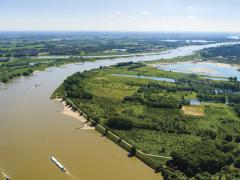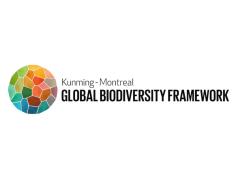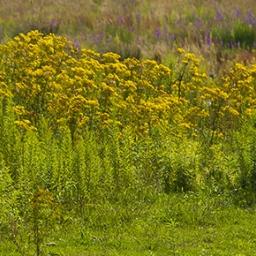Does 'grey' urban living lead to more 'green' holiday nights? A Netherlands Case Study
Urbanisation is seen as essential to wealth creation and increased productivity, but the process has costs as well as benefits. In the present paper we conduct an empirical analysis for the highly urbanised Netherlands on the relation between the greyness of the living environment and the compensating behaviour of more holiday nights spent away from home.
We perform a secondary analysis of a survey on holiday behaviour enriched with the outcomes of a GIS model on recreational shortages. We find that the higher the greyness of the living environment – i.e. the higher the shortage of locally available green space for recreational walking – the more people spend nights away from home.
Approximately 6% of all Dutch holiday nights may be related to a shortage of green space for recreational walking in the urban living environment. For people living in the most grey urban areas, 20% of their holiday nights appear to be related to a shortage of green space; for people in the least grey areas 10% relates to a shortage of green space. We think that this empirical relation is an important contribution to an assessment of the consequences of agglomeration that goes beyond labour productivity and moves towards well-being.
Authors
Specifications
- Publication title
- Does ‘grey’ urban living lead to more ‘green’ holiday nights? A Netherlands Case Study
- Publication date
- 7 March 2012
- Publication type
- Publication
- Magazine
- Landscape and Urban Planning
- Product number
- 844




